Visual Aesthetics in the Digital Age - Part 1

Laptops, iPhones, Cameras: these words have become symbiotic with the visuals of our modern world. At Barbed we often look at the technology our manufacturers use to make our furniture outdoor-proof, but not often do we look at how technology shapes our spaces and also how we can use it to create a unique form of aesthetic.
Video games have progressed a lot in the last few decades. What once were pixelated, side-scrolling adventures, are now immersive, believable worlds that show us the potential of design in this ever-evolving medium. With major games companies bringing out virtual reality headsets in the not-too-distant future, I thought it was time to look at the worlds we’ve created so far, to hint at what could be possible.
Time Travel
As the technology to map out realistic urban structures has progressed, it has given us the opportunity to explore periods that we would otherwise never have seen. An example of this can be seen in Team Bondi and Rockstar Games’ crime thriller LA Noire. Using motion capture technology, historical records and borrowing elements of neo-noire film; Team Bondi created a living, breathing depiction of 1940s Los Angeles: complete with cars of the time, starlets of the silver screen and a jazzy soundtrack worthy of the era. Driving around this Los Angeles, you get a sense of what this time period would have been like. Pull up to a red light and you’ll see male pedestrians tipping their hats, or strolling along, cigarettes dangling from their lips. All the while, the “Hollywood-land” sign sits above the city, a constant beacon of the time. A triumph of gaming, LA Noire was the first game to be shown at the Tribeca Film Festival, essentially crossing the boundaries of two different mediums due to its revolutionary visual and contextual aesthetic.
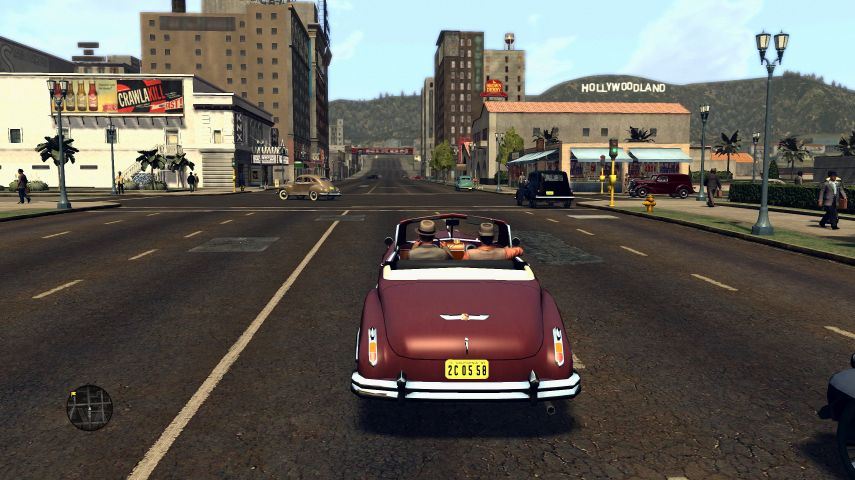
No conversation of time travelling games can be complete without mentioning Ubisoft’s Assassin’s Creed series. As well as setting the benchmark for free-running character movement, the series has taken us to some incredible locations across time. My favourite has to be Renaissance Venice from Assassin’s Creed II. Scaling the rooftops and looking down on city streets you see lady’s dancing to the tune of a lute and performers juggling or doing handstands for money; all the while the main character’s Florentine cape flutters in the wind above his robes. Each aspect of the game is carefully crafted to provide you with an unforgettable experience of Renaissance Italy: an experience that is more than just reading about it in history books.
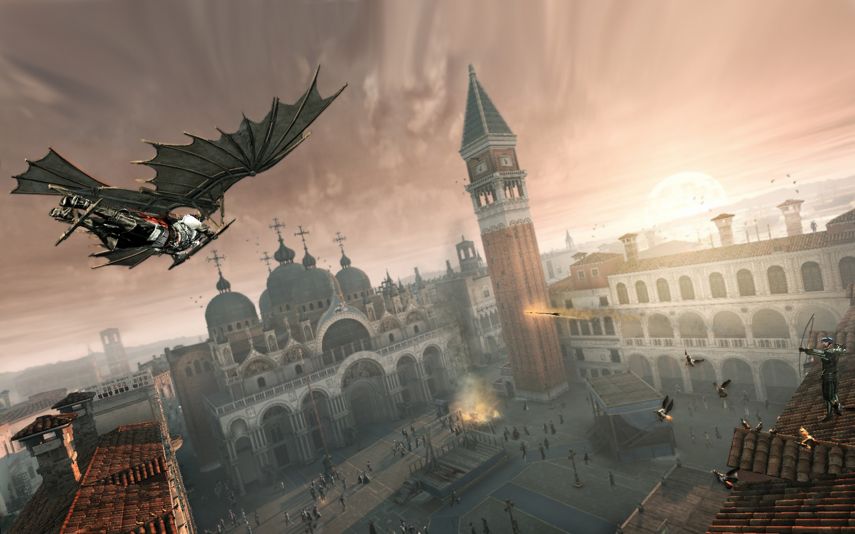
Fantasy
Video Games also allow us to realise worlds that at one time we could only imagine. Bethesda’s Elder Scrolls V: Skyrim is a perfect example of imagination personified. From dragons to snow bears, saber cats to werewolves, Skyrim’s world takes heavy influence from Norse mythology to create a dynamic world filled with lore enough to keep you engrossed for years. With such a vast array of creatures native to different climates, it’s not surprising that Skyrim has such a vast array of environments to explore. One moment you’re trekking up the side of a snow-topped mountain with the sunset slowly fading away the day; the next you’ll be sneaking past predators on a beach with the sun beating down on you. Each travel is unique and promises a new experience to each player every time they enter the world.
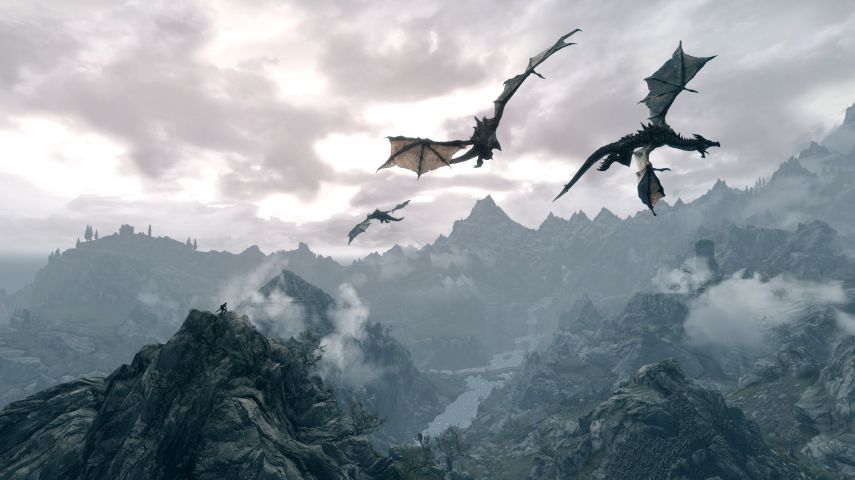
Worlds out of reach
Of course we don’t need to stray far from reality to create worlds we’ve never seen before and this is exactly what Bungie and Activision’s Destiny does. Set in a future timeline where Humans have escaped the bounds of Earth, you are able to explore most of the planets in our solar system. Venus is my favourite, with its dramatic yellow sky and plant-infested architecture. Walking through this world, you see remnants of past conquests and ancient civilisations: a war torn scenery scarred by time. It’s interesting to see how the designers have constructed a world from satellite images of Venus, and it gives us an insight into what we could experience one day when we reach new worlds.
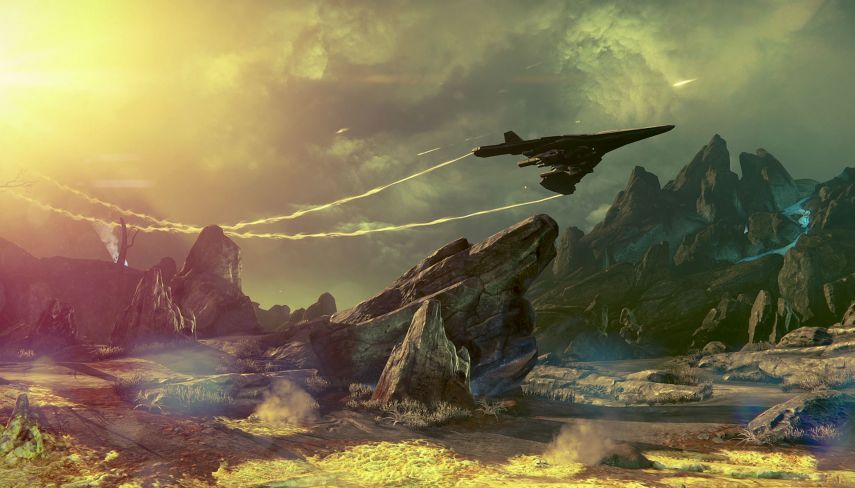
Sprawling Real Cities
Arguably the godfather of modern visual worlds is the Grand Theft Auto series. Heavily criticised for its depiction of woman and violence, Rockstar uses these aspects to satirise the modern world in which we live. It’s most recent instalment, Grand Theft Auto V, takes the player to Los Santos: ‘a sprawling sun-soaked metropolis full of self-help gurus, starlets and fading celebrities’1. If you couldn’t tell from that description, the city is satirising post-recession Los Angeles and criticising what modern America has become. As you walk through this environment, every corner holds a different jab at modern culture. If it’s not ‘Anna Rex’s’ new modelling campaign plastered on the side of a wall, it’s the billboard advertising the new energy drink ‘Junk’. Of course you could always pull out your ‘iFruit’ phone and look through your friend requests on ‘Life Invader’. Most surprising of all are the minute details that Rockstar chooses to include to make the worlds seem real. Drive too far into the hills and the in-game radio stations will become garbled and un-intelligible; enter a car, and the dashboard lights will turn on.
Each aspect of this game is made to poke fun at what we blindly accept in modern culture, and the little details come together to create a masterful world that is uniquely alive like no other. By concealing the satire in this immersive experience, Rockstar has managed to create a timeless visual masterpiece that is as didactic as it is enjoyable. It’s therefore not surprising that to date Grand Theft Auto V has shipped more than 65 million copies and holds 7 world records.
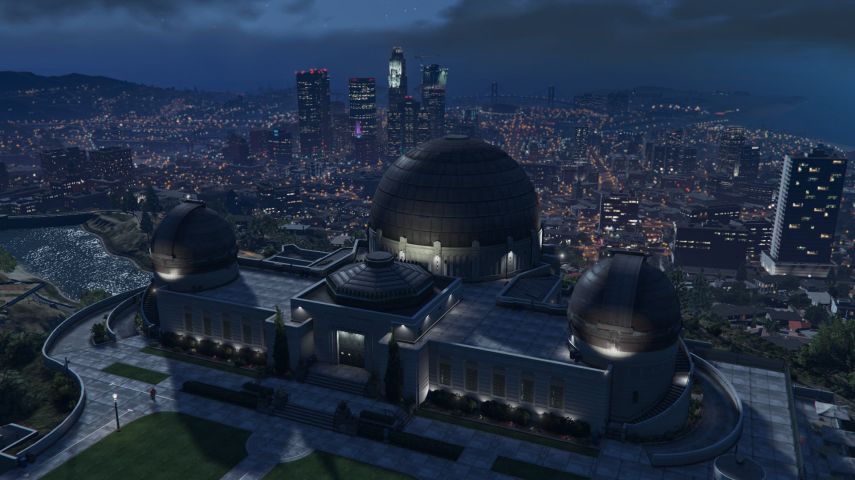
As we move into a new age of graphical architecture with the emergence of Virtual Reality, it’s exciting to consider the design possibilities that 4D visual mapping will hold. With more worlds being created in games every day and the increasing popularity of creation-sandbox games like Minecraft; it beckons the question: what will we build next? Only time will tell, but what we can say for certain is the world, quite literally, is at our fingertips.
To be continued...
1 An extract from the Grand Theft Auto V manual, Rockstar Games, September 2013.
- 16th June 2016


